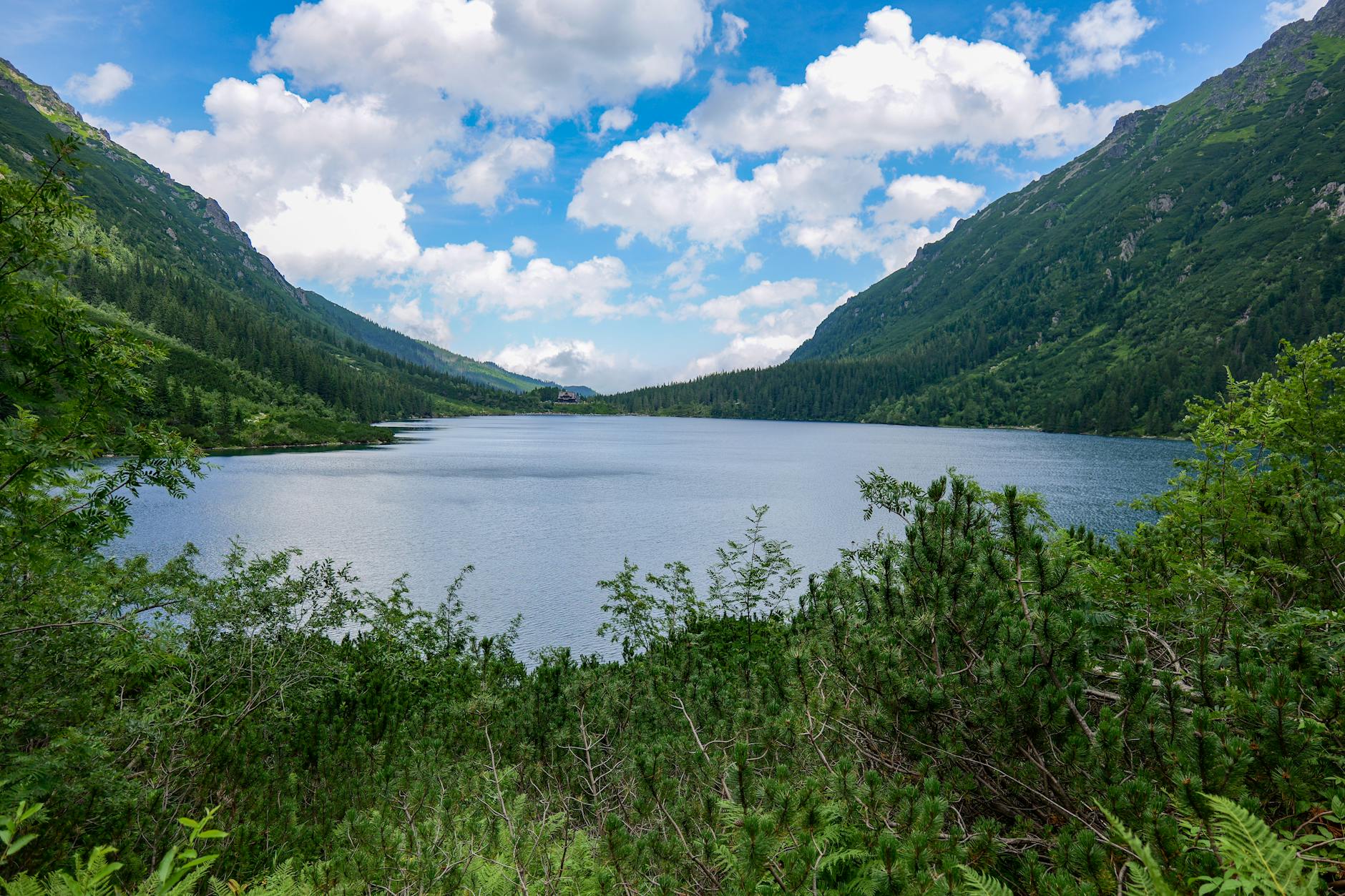EU Wildfires: A Record-Breaking Season Amidst Growing Concerns
European Union grapples with unprecedented wildfire activity, prompting widespread impact and calls for action.
The European Union is currently experiencing its most severe wildfire season on record, with data indicating that over one million hectares have been scorched this year. This alarming figure is a full month ahead of the typical fire season’s conclusion, highlighting a significant and potentially worsening trend. Official data, which may be subject to further revision, also points to a record-breaking year for carbon dioxide and other air pollutant emissions linked to these infernos.
Unprecedented Scale of Destruction
The scale of destruction this year is stark. According to updated official data, the land engulfed by deadly infernos has quadrupled compared to the average for the same period over the past two decades. These fires have not only devastated natural landscapes but have also had a profound impact on communities, forcing evacuations of villages and compelling farmers to join firefighting efforts.
Contributing Factors and Expert Perspectives
While the immediate cause of any wildfire can vary, scientific consensus points towards a complex interplay of factors contributing to the increased severity and frequency of such events in recent years. Many climate scientists attribute the heightened risk to rising global temperatures, which lead to drier vegetation and longer, more intense heatwaves. These conditions create a more combustible environment, making it easier for fires to ignite and spread rapidly.
However, other perspectives emphasize the role of land management practices and forest composition. Some experts suggest that decades of fire suppression have led to an accumulation of fuel in forests, making subsequent fires more intense. Others point to the impact of human activities, such as agricultural burning or accidental ignitions, as significant contributing factors.
Economic and Environmental Ramifications
The economic impact of these record-breaking wildfires is substantial. Beyond the immediate costs of firefighting and disaster response, there are long-term consequences for agriculture, tourism, and infrastructure. Farmers have lost crops and livestock, impacting food security and rural economies. The destruction of forests also affects timber industries and ecotourism, vital sectors for many EU member states.
Environmentally, the widespread burning releases significant amounts of greenhouse gases and air pollutants into the atmosphere. This contributes to climate change and can have detrimental effects on air quality, impacting public health across regions. The loss of biodiversity and ecosystem services from extensive forest fires will also have lasting environmental repercussions.
Policy Responses and Future Preparedness
In response to the escalating crisis, European Union member states are reviewing and enhancing their fire prevention and response strategies. Discussions are underway regarding the need for greater investment in early detection systems, enhanced firefighting resources, and updated land management techniques. There is also a growing emphasis on climate adaptation measures to build resilience against future extreme weather events.
Some policy discussions are focusing on international cooperation and the sharing of best practices in wildfire management. The European Commission has also highlighted the need for a coordinated approach to address the root causes of increased fire risk, including climate change mitigation efforts.
Looking Ahead: Challenges and Mitigation Strategies
As the fire season continues, the focus remains on immediate containment and the safety of affected populations. However, the long-term challenge lies in developing sustainable strategies to mitigate the risks associated with increasingly severe wildfire seasons. This includes a multifaceted approach that addresses climate change, improves forest management, and enhances community preparedness.
The current situation serves as a stark reminder of the interconnectedness of environmental factors and human well-being. Continued monitoring of data and open dialogue among scientists, policymakers, and affected communities will be crucial in navigating the complexities of this escalating issue.
Key Takeaways
- The EU has recorded its worst wildfire season to date, with over 1 million hectares burned this year.
- This figure represents a quadrupling of land affected compared to the average of the past two decades.
- Record levels of CO2 and other air pollutants have been associated with the ongoing fires.
- Contributing factors include climate change-induced heatwaves and drought, as well as land management practices.
- The wildfires have significant economic consequences for agriculture, tourism, and infrastructure, alongside environmental impacts on air quality and biodiversity.
- EU member states are reassessing and strengthening their wildfire prevention and response strategies.
It is essential for citizens to stay informed about local fire conditions and adhere to safety guidelines issued by authorities. For those interested in learning more about wildfire data and prevention efforts, consulting official government and meteorological agency resources is recommended.
References
- Copernicus Emergency Management Service (Official data on land burned in the EU.)
- European Parliament: EU Wildfires (Information on causes, impacts, and EU measures.)


























